Once a cheap pair of sandals for Brazilian workers, Havaianas have overcome many ups and downs to become a global fashion brand.
Easily seen at the beach, pool, on the street or even at the bar, Havaianas flip-flops are "a quintessential Brazilian symbol," according to Liel Miranda, who will be CEO of Alpargatas - which owns the Havaianas brand - from February 2024.
Today, Havaianas is sold in some 130 countries, making it the big brother of the flip-flop industry. But sales are not going well. And the journey of the brand itself has had its ups and downs.
Brazil's 'national' sandals
Alpargatas created Havaianas in 1962, inspired by traditional Japanese Zori sandals, which had fabric straps and woven straw soles. The company improved to rubber straps and a more modern design. The name Havaianas comes from the Portuguese word for “Hawaiian,” in honor of the tropical island.
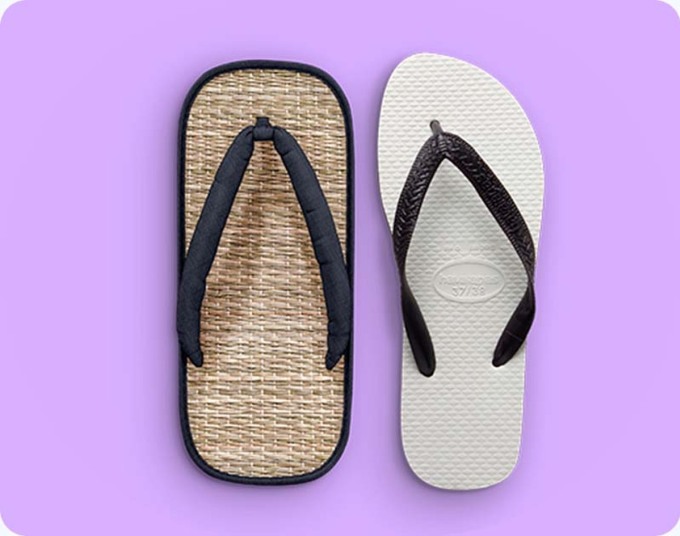
Traditional Japanese Zori sandals (left) were the inspiration for rubber flip-flops. Photo: Havaianas
The slippers were originally aimed at poor Brazilian plantation workers. Just two years after their launch, most workers in the country owned a pair of Havaianas. They were sold straight from vintage Volkswagen Kombi vans across Brazil, and were met with enthusiastic applause wherever they appeared.
In fact, Alpargatas invented the rubber flip-flop and patented it in 1966. The original slippers only came in two colors: blue and white, but a manufacturing error in 1969 resulted in a green batch. And the color was in high demand, so Havaianas seized the opportunity and produced more colors, including brown, yellow, and black.
In 1980, Havaianas became a “national” product when the government officially recognized them as an integral part of Brazilian culture, and included them on the list of basic goods (along with rice and beans) to control inflation. At this point, millions of Havaianas flip-flops were sold each year in Brazil.
But by the early 1990s, the Havaianas craze was waning. This was because Brazil’s economy was improving and people had more money to spend. Ironically, this led consumers to abandon the “cheap” Havaianas, which were seen as the preserve of maids and factory workers.
As a result, Havaianas sales fell 35% in 1993, to 65 million pairs. Alpargatas’s management was forced to change. They realized that Havaianas needed a marketing push to reposition the brand as a fashion product, shedding its poor-people image.
In 1999, the brand officially entered the fashion world after appearing in the show of French designer Jean Paul Gaultier. Soon after, Havaianas began collaborating with several major brands and designers to launch new colors and styles. The Havaianas product line grew from 2 to more than 25 models. While the popular models were retained, the premium models cost 5 to 6 times more and were packaged like shoe boxes.
Soon, Brazilian and international celebrities were sporting the new, more colorful, and more expensive Havaianas. After a six-year turnaround, sales rose from 65 million pairs in 1993 to 105 million pairs in 1999.
Go out into the world
By 2007, the Brazilian market was saturated, with Havaianas selling 850 pairs for every 1,000 people. And despite strong sales growth in 65 countries, there was no clear international expansion strategy. So in 2008, CEO Marcio Luiz Simoes Utsch decided to turn Havaianas into Brazil’s first truly global brand.
This required expanding the business in Europe, the US and Asia, where the culture and climate are different from Brazil's, so customers would choose to buy flip-flops, while there were already some comfortable-style footwear from competitors such as Crocs, Rip Curl and Quicksilver.
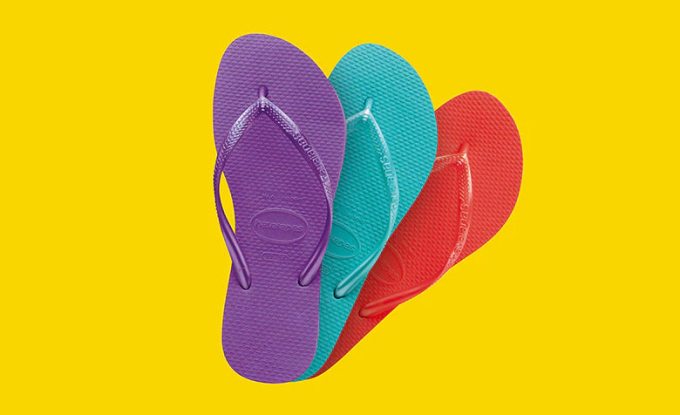
The Havaianas Slim model with a slimmer fit and thinner straps for women was launched in 2006. Photo: Havaianas
Marcio himself lacked any precedent for turning an emerging market brand into an international one. At the time, global brands typically came from the US, Western Europe, or Japan. Havaianas ultimately tweaked three aspects: design, marketing, and manufacturing and distribution.
Design-wise, the company introduced new closed-toe sandals for colder climates, ankle-strap sandals, and even real diamond-studded ones for fashion shows. At the same time, to freshen up the brand, it added socks, handbags, and soft, washable shoes.
In marketing, they built on the image of Havaianas as simple, bright, and fun. The approach was allowed to be refined in each market. In France, for example, sales increased when the importer positioned the product in the same class as Lacoste and Jean Paul Gaultier. In the US, Havaianas was marketed as a luxury item, limited to chains like Saks Fifth Avenue.
To keep the message consistent, the company manages operations itself rather than working through local importers and distributors, except in Europe, where it has five offices but 18 distribution partners. They also realized sales would decline if the slippers weren't "Made in Brazil."
So the company opened a new factory in the southeast of the country. At this stage, the price of a pair of flip-flops ranged from $16 to $200. The wide price range was intended to appeal to different customer segments. But the cheapest remained at $16 to differentiate Havaianas from the lower end of the market.
"Turning Havaianas into a global brand is a triumph of classic marketing planning and techniques, in which diligence and creativity go hand in hand with constant innovation," marketing professor Dominique Turpin, formerly of IMD Business School (Switzerland), commented on the Financial Times.
As a result, by 2011, Havaianas were sold in more than 80 countries, helping Alpargatas achieve total sales of 2.6 billion Brazilian reals (about $540,000 at current exchange rates), up from 1.7 billion reals ($350,000) in 2008.
Notably, the internationalization strategy did not distract Alpargatas from its domestic customers. The company continued to pay special attention to the Brazilian market, which also served as a test bed for new products. One example is the tote bag, which was first launched in Brazil and elsewhere a year later.
In addition, Havaianas’ international recognition has had a positive impact at home, giving local consumers pride in the brand. As a result, Havaianas accounted for nearly 85% of the Brazilian market share in 2012. By 2015, Alpargatas had changed hands, when its parent company, Camargo Correa, sold it to J&F Investimentos for 2.7 billion reais ($718 million).
But after two years, J&F sold Alpargatas to Itaúsa and Cambuhy, companies owned by the Moreira Salles family, for 3.5 billion reais ($1.1 billion). During the period of continuous ownership changes, Havaianas continued to grow until Covid-19.
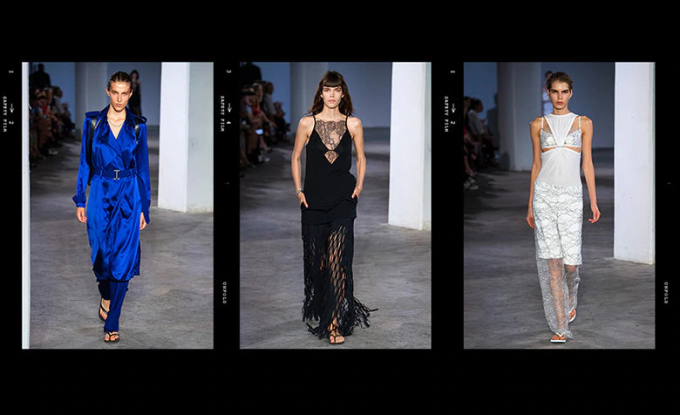
Havaianas slippers on display at New York Fashion Week 2018. Photo: Havaianas
Despite Brazil’s economic crisis, Havaianas posted a record 6% increase in sales in 2020. Alpargatas CEO Roberto Funari said the success was due to its ability to adapt quickly at the start of the pandemic. It also benefited from the trend for casual fashion, affordable prices and a strong connection with consumers.
By 2021, Havaianas sold a record 260 million pairs of slippers, up 30 million from 2020. Alpargatas reported revenue of 3.94 billion reais (nearly $810 million), up 25.6%, with 91% of total revenue generated by Havaianas.
In December 2021, the company announced the acquisition of the US brand Rothy's for $475 million, which analysts praised as adding to the Havaianas product portfolio. That same year, the company restructured its international operations, focusing heavily on strategic regions including the US, Europe, and Asia-Pacific.
Weakened after the epidemic
In 2022, a new period of turmoil began, with 247 million pairs sold, down 5%. Revenue still increased by 6% but net profit fell by 23.1%. "In 2022, our performance was disappointing. Cost and operational challenges put pressure on financial results that were not as expected," commented CEO Roberto Funari.
Roberto Funari left after a year of losses and board member Luiz Fernando Edmond took over as interim CEO from April 2023. Under the new management, the company embarked on a restructuring, but has yet to reach break-even.
By the third quarter of 2023, Alpargatas had posted losses for four consecutive quarters and faced criticism from analysts and shareholders. By the end of November, the company’s market capitalization was 6.4 billion reais, down 43.3% from the same period in 2022.
Analysts say Alpargatas’ current struggles are due to a misguided strategy during the previous leadership, resulting in poor organizational structure and failed investments. Over the past four years, the company has focused resources on expanding capacity, leading to increased inventories and significant cash outflows.
Moreover, they continue to struggle with rising raw material prices. Management is trying to cut product lines to reduce losses and says that there are positive signs. However, there are still critics who say that the company culture has changed to a pragmatic one and that there are job cuts.
In mid-December 2023, Alpargatas announced the appointment of Liel Miranda as its new CEO. He will officially take the hot seat from February 2024 to continue the transformation process "focused on simplification and efficiency" that Luiz Fernando Edmond is implementing. "I am very excited about this new challenge," Miranda commented.
Phien An (synthesis)
Source link




![[Photo] Discover unique experiences at the first World Cultural Festival](https://vphoto.vietnam.vn/thumb/1200x675/vietnam/resource/IMAGE/2025/10/11/1760198064937_le-hoi-van-hoa-4199-3623-jpg.webp)
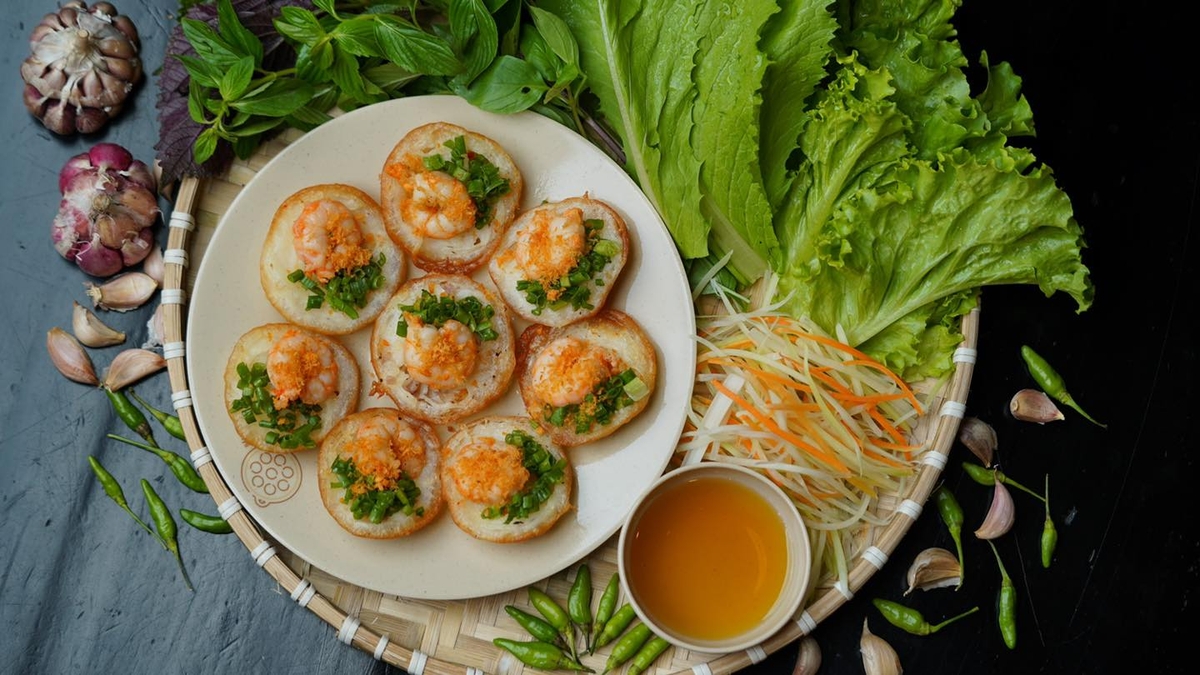


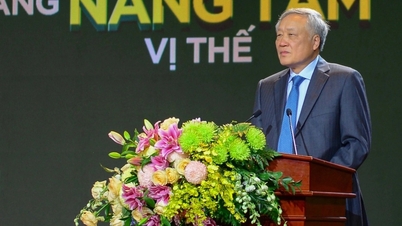

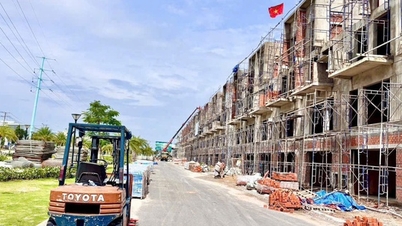


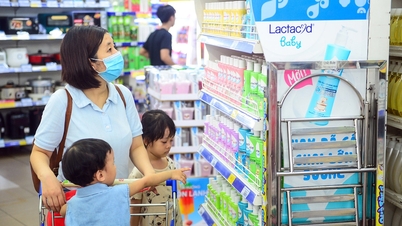

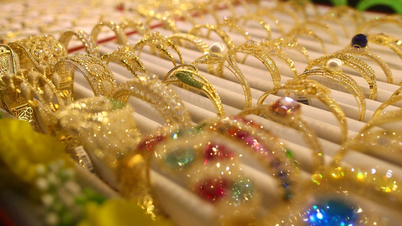
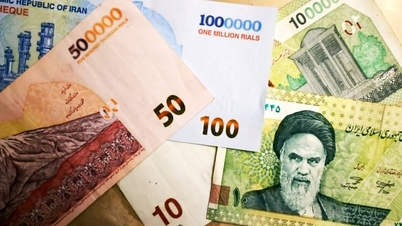


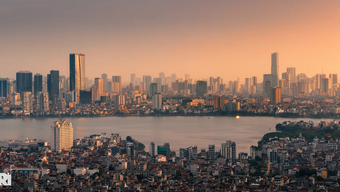







![[Photo] General Secretary attends the parade to celebrate the 80th anniversary of the founding of the Korean Workers' Party](https://vphoto.vietnam.vn/thumb/1200x675/vietnam/resource/IMAGE/2025/10/11/1760150039564_vna-potal-tong-bi-thu-du-le-duyet-binh-ky-niem-80-nam-thanh-lap-dang-lao-dong-trieu-tien-8331994-jpg.webp)

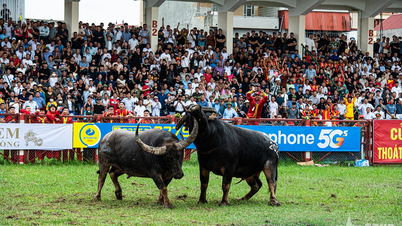





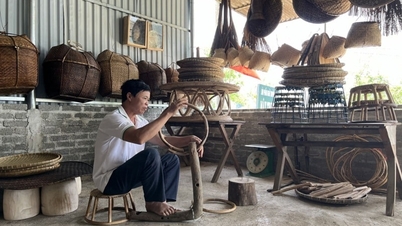














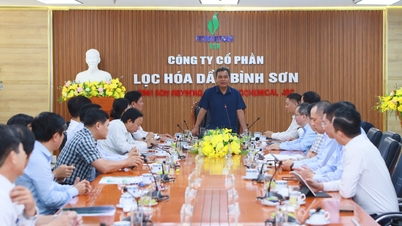

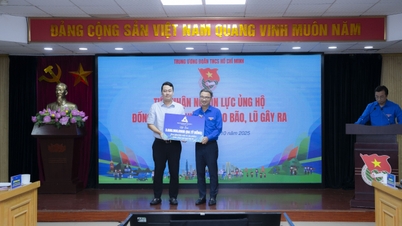


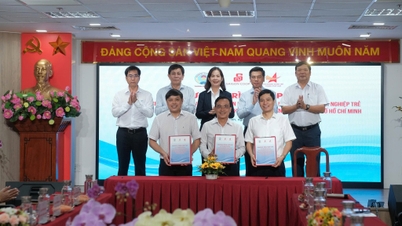








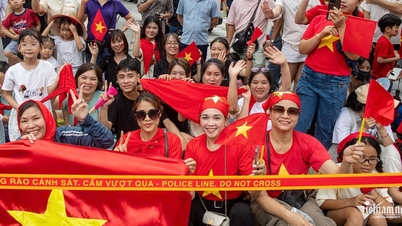



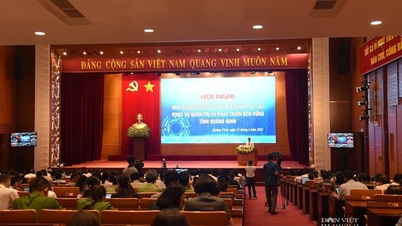





























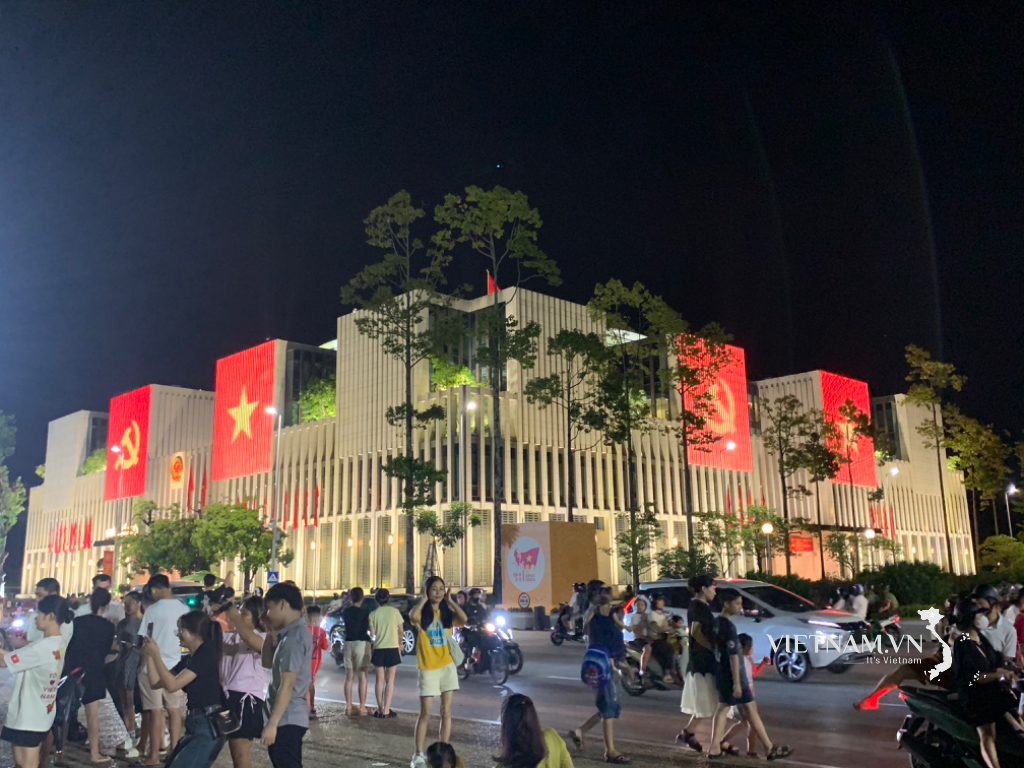
Comment (0)